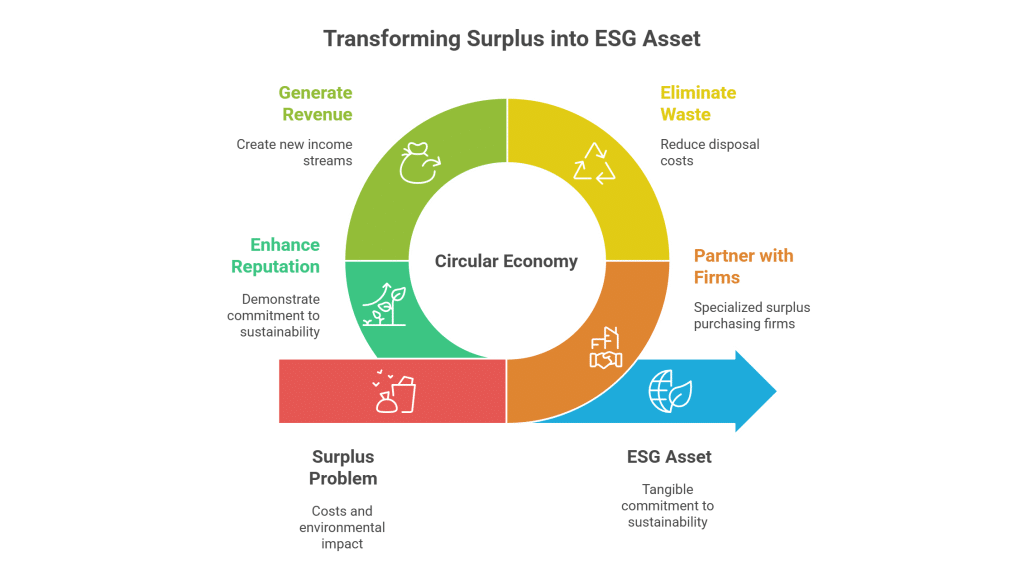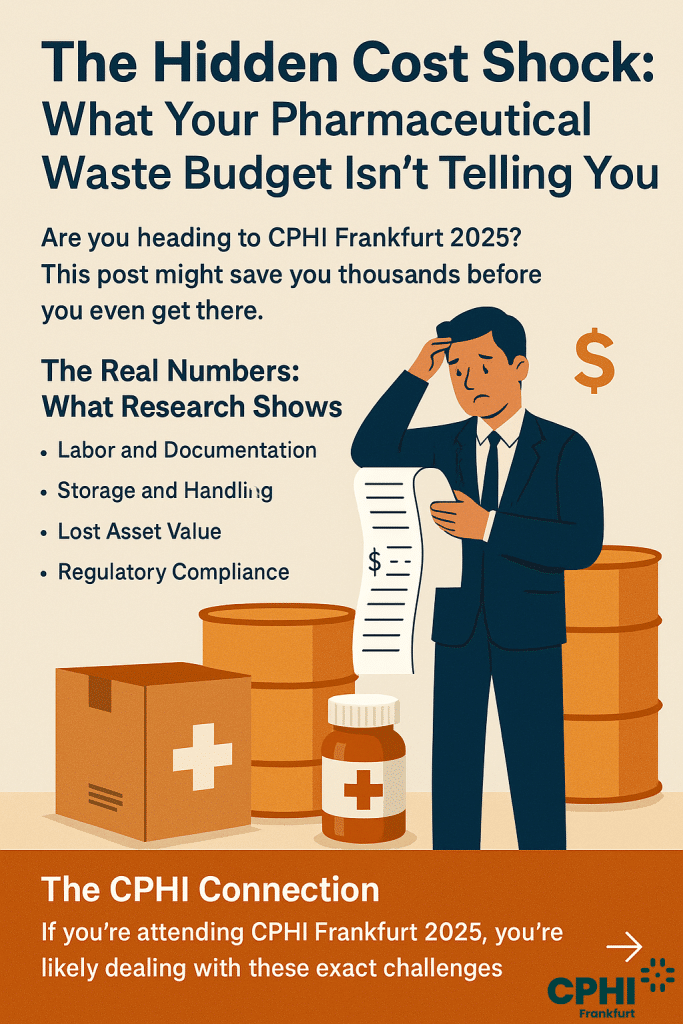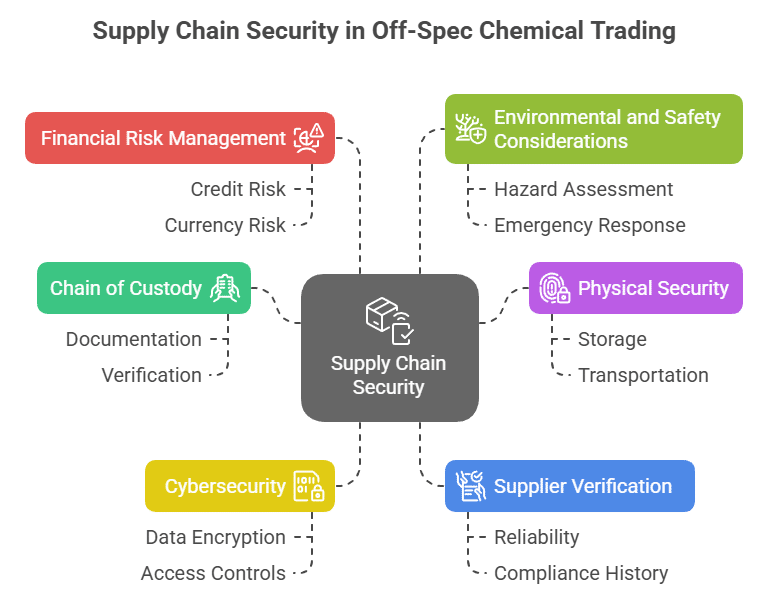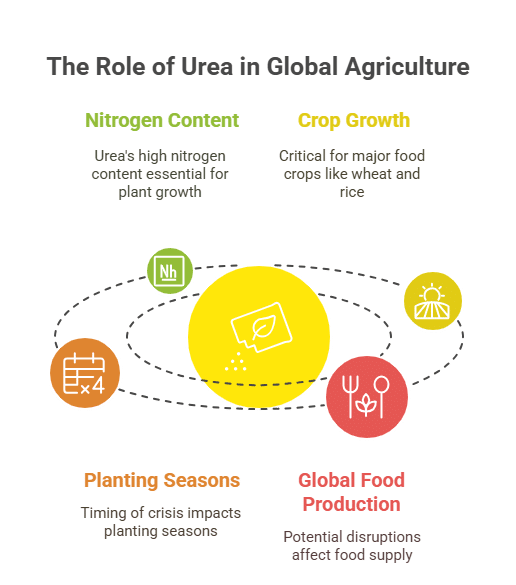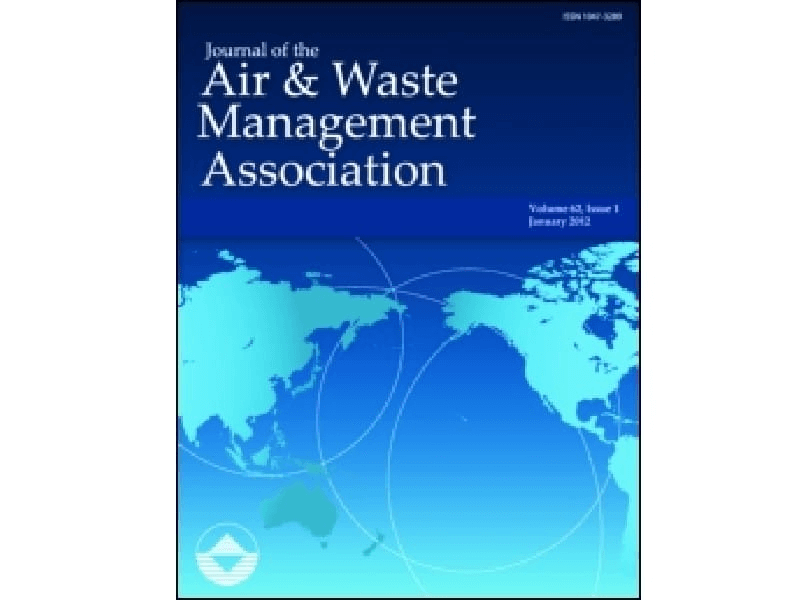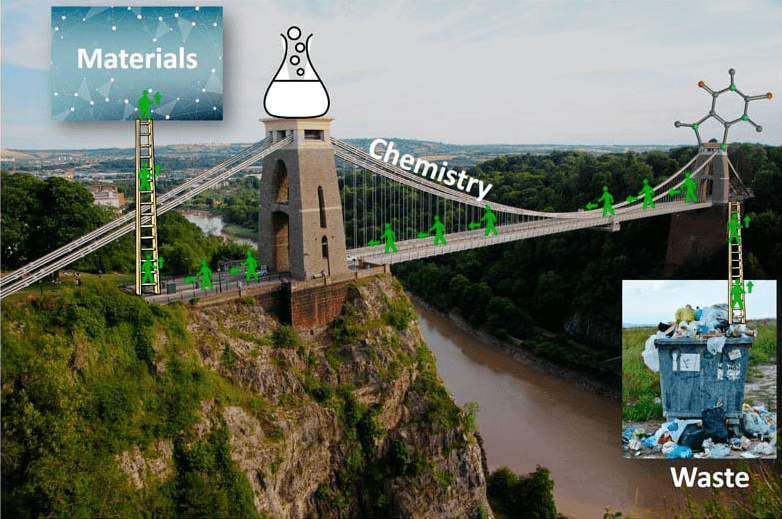Unlock the Surplus Potential of Lipoxygenase in Flavor Enhancement & Baking
Lipoxygenase is a specialized industrial enzyme that plays a crucial role in enhancing flavor and baking processes. Its unique ability to oxidize fats improves dough strength, promotes elasticity, and refines flavor profiles, making it indispensable in modern baking. As surplus inventory, lipoxygenase offers companies an opportunity to efficiently manage excess stocks while capitalizing on its high-performance attributes.
Buy and Sell Surplus Lipoxygenase – Enhance Flavor and Baking Performance
The buying and selling of surplus lipoxygenase presents significant value for all stakeholders. Sellers can convert excess inventory into profitable revenue streams, free up storage space, reduce costly disposal expenses, and comply with environmental regulations. Meanwhile, buyers benefit from cost-effective sourcing of high-quality enzymes, ensuring consistency in production and mitigating compliance risks. By trading surplus, companies enjoy both economic and sustainability advantages, turning potential waste into operational assets.
Lipoxygenase in Flavor Enhancement & Baking
For buyers, utilizing surplus lipoxygenase means obtaining high-grade enzyme stocks at competitive prices. This not only helps to lower production costs but also ensures the consistency and quality of final baked products, boosting overall process efficiency.
Sellers benefit by recovering costs tied up in surplus inventory, reducing storage burdens, and avoiding high disposal costs. Additionally, trading surplus supports sustainable practices and minimizes regulatory risks associated with chemical waste management.
Table of Contents
Successful Surplus Trading of Lipoxygenase in the Baking Industry
A prominent baking company recently optimized its production process by sourcing surplus lipoxygenase from an international marketplace. By integrating this high-quality enzyme into their dough processing, they achieved improved elasticity and enhanced flavor profiles in their products. This strategic move not only reduced their storage and waste disposal burdens but also turned excess inventory into a profitable asset. The successful transaction has set a new benchmark for sustainable practices in the flavor enhancement and baking sector, highlighting both economic and environmental benefits.




